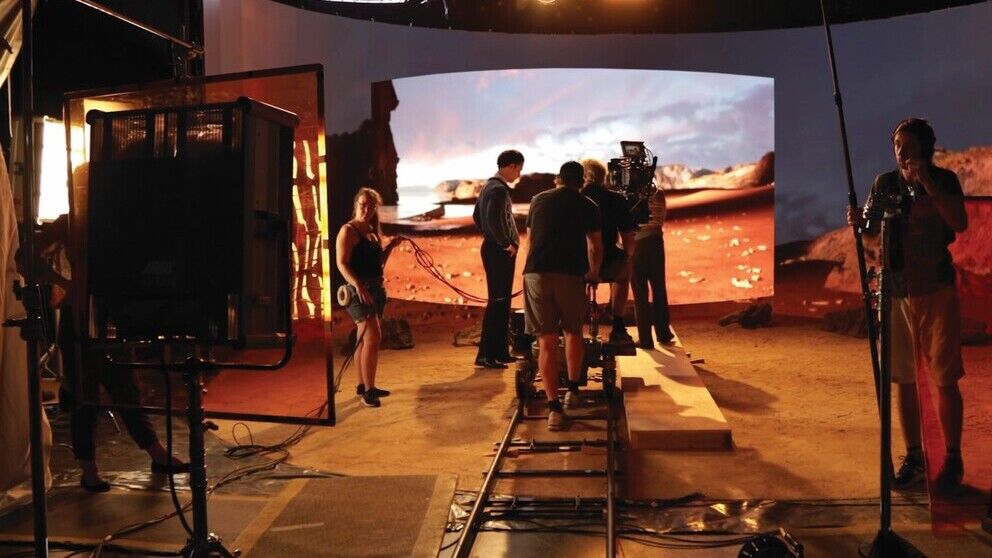Advances in how 3D spaces and objects are captured to create immersive, interactive content are helping redefine how stories are told and experienced. Integrating volumetric capture into mainstream media however requires a new set of skills, blending creative storytelling with advanced technical knowledge.
Unlike traditional video, which is confined to a 2D plane, volumetric video provides the added dimensions of depth and volume, making it possible to interact with digital objects in ways that were previously not possible. Objects such as a coffee cup can be digitally captured in 3D and placed within a virtual environment almost in the same way a practical prop can be placed within an actual set. This technology has many applications for virtual reality (VR), augmented reality (AR), virtual production (VP) and mixed reality (MR).
Several technologies underpin volumetric capture, including photogrammetry, Gaussian splatting, and 4D capture. Photogrammetry involves taking multiple photographs of an object or scene from different angles and stitching them together to create a 3D model. Gaussian splatting, a more recent innovation, creates a point cloud where each point represents a small, textured circle. This method is lightweight and efficient, making it suitable for real-time applications. The cutting-edge 4D capture extends this technology to the 4th dimension of time, making it possible to capture animated content volumetrically, providing enhanced options for animation...
You are not signed in
Only registered users can read the rest of this article.

Poacher turned gamekeeper: Netflix rules, for now
Netflix raids Hollywood to land a giant of old media, but having offered billions over the odds for ageing IP, would a smarter play have involved the creator economy?

Truth in the age of deepfakes: Building trust in the human-machine era
As deepfakes become prevalent throughout the media industry, experts at the BBC, Guardian, and ITN wrestle with the implications of today’s unprecedented levels of disinformation and distrust.

Rory Peck Awards: Truth has never needed its defenders more
This year’s Rory Peck Awards was an affirmation that press freedom is in severe danger, that it has become a vicious fight to sustain that facts matter. George Jarrett reports.

Camerimage: “The time to be afraid of AI was two years ago”
The festival of cinematography remains political with the rise of AI and gender equality bubbling beneath the surface.
.jpg)
Content Everywhere: Disruptive forces in 2025, from AI to ROI and SGAI
Looking back over 2025 to date, it’s clear that AI continues to widen its role in the Content Everywhere ecosystem, and many companies are becoming more discerning about how and where the technology should be applied to streaming and video technology. Clearly, there is still much more to come, and much more to learn, but what have recent developments taught the industry to date?




.jpg)
.jpg)